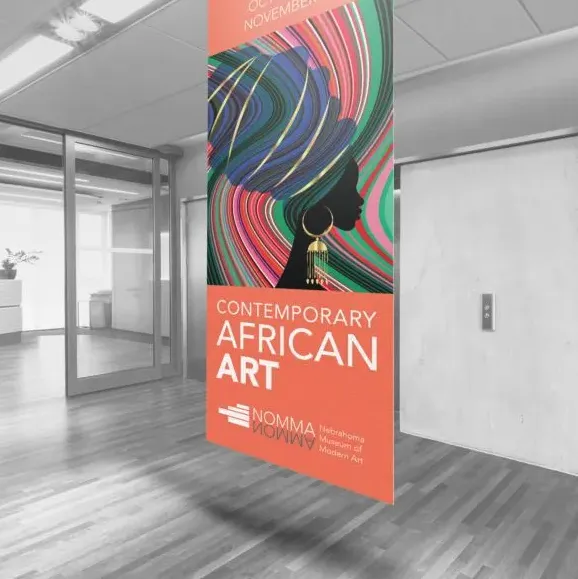Understanding the Various Sorts Of Printing Provider Available for Your Requirements
From electronic printing to counter printing, large style printing to specialized printing, each method provides distinct characteristics and advantages that cater to different needs and preferences. In this varied landscape of printing services, comprehending the subtleties and applications of each type is necessary for making notified decisions that line up with your specific requirements.
Digital Printing
Digital printing has reinvented the printing market, providing high-quality and efficient printing services for different needs. Unlike typical techniques like balanced out printing, electronic printing does not call for printing plates, making it a faster and much more economical alternative for little to tool print runs. This modern technology enables on-demand printing, implying organizations can generate materials as required, lowering waste and storage space costs.
Among the vital benefits of electronic printing is its capability to produce top notch prints with complex information and vivid colors. This makes it an ideal selection for marketing products, such as sales brochures, leaflets, and calling card, where visual charm is vital in recording the audience's attention - print shop san diego. Additionally, digital printing enables variable data printing, enabling companies to customize each printed piece with unique text or photos tailored to individual recipients
Furthermore, electronic printing supplies fast turnaround times, making it suitable for projects that call for rapid shipment. Whether it's for short-run printing tasks or customized advertising campaigns, electronic printing supplies a versatile and effective option for services seeking to make an unforgettable impact with their printed materials.
Offset Printing
Countered printing, a typical printing technique, remains to be a preferred option for high-volume print jobs due to its regular high quality and cost-effectiveness. In offset printing, the tattooed picture is moved (or "balanced out") from a plate to a rubber blanket and afterwards onto the printing surface. This procedure guarantees a high level of picture quality and information, making it suitable for projects like pamphlets, magazines, publications, and stationery.
Among the vital advantages of countered printing is its capability to maintain color uniformity and accuracy, causing lively and professional-looking prints. In addition, offset printing is cost-effective for big print runs as a result of the effectiveness of the procedure once the initial arrangement is complete.
Regardless of the rise of digital printing, counter printing remains a recommended choice for lots of businesses and companies that require top notch prints in large quantities. Its reliability, adaptability, and ability to deal with a wide variety of paper kinds and finishes make offset printing a useful alternative for numerous printing demands.
Large Format Printing

One of the key benefits of big format printing is its ability to record interest and make a bold declaration as a result of the size and visual influence of the prints. Services typically use huge style printing to showcase items, promote events, or improve their brand presence. Furthermore, large style printing allows for customization and customization, making it a versatile alternative for different advertising and marketing functions. Whether used for exterior or indoor applications, large style printing offers a cost-efficient option for businesses seeking to make a big perception.
Specialty Printing
Focusing on unique substrates and elaborate styles, specialty printing uses a customized approach to fulfill specific printing needs past typical layouts. This sort of printing is excellent for projects that require a high degree of personalization, such as personalized products, limited version prints, product packaging with unique coatings, or distinct marketing materials. Specialized printing methods consist of procedures like embossing, debossing, foil stamping, and letterpress, which add a touch useful reference of sophistication and exclusivity to the last item.
Among the key advantages of specialized printing is the capacity to produce memorable and eye-catching pieces that stand apart from the crowd. Whether it's a luxury invitation, a bespoke product tag, or a costs calling card, specialized printing can elevate the total look of the layout, leaving an enduring perception on the recipient. In addition, specialized printing allows for experimentation with a vast array of products, from textured paper stocks to metal aluminum foils, opening up limitless innovative possibilities for businesses and designers looking to make a declaration with their published products.
3D Printing
Making here are the findings use of sophisticated innovation, 3D printing transforms the way things are developed by building them layer by layer from digital versions. This cutting-edge procedure uses unequaled personalization and design flexibility, making it a versatile remedy for different industries, consisting of aerospace, automobile, healthcare, and also fashion.
3D printing, also known as additive production, works by converting digital 3D models right into physical items via the layering of materials such as plastics, steels, porcelains, and even food active ingredients - san diego printing. This approach enables for the manufacturing of complicated geometries and detailed designs that conventional production strategies may struggle to duplicate
One of the crucial advantages of 3D printing is fast prototyping, making it possible for organizations helpful resources to iterate and check designs rapidly and cost-effectively prior to full-scale manufacturing. In addition, this technology supports on-demand manufacturing, decreasing supply prices and waste by producing products only when needed.
As 3D printing continues to advancement, with improvements in rate, product, and accuracy capacities, its applications are increasing, offering unlimited opportunities for innovation and creativity in the manufacturing world.
Conclusion

From digital printing to counter printing, big layout printing to specialty printing, each approach uses one-of-a-kind attributes and advantages that cater to various needs and choices.Digital printing has reinvented the printing industry, using efficient and high-grade printing services for different needs. Unlike conventional approaches like offset printing, electronic printing does not call for printing plates, making it a faster and a lot more cost-effective choice for tiny to tool print runs. Additionally, electronic printing permits for variable information printing, enabling services to personalize each printed piece with one-of-a-kind message or images tailored to private receivers.
Digital printing supplies quick and affordable solutions, while offset printing offers top notch outcomes for huge quantity tasks.